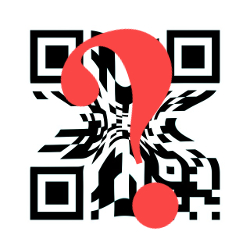Deadline Extended
ACTION ALERT
TAKE ACTION BY AUGUST 25: Tell the USDA What Real GMO Labels Look Like!&hashtags=LabelGMOs | TAKE ACTION BY AUGUST 25: Tell the USDA What Real GMO Labels Look Like!&hashtags=LabelGMOs | Read the Full Article
Vermont’s GMO labeling law, which took effect July 1, 2016, only to be preempted a few weeks later, set the standard for what real GMO labels look like.
Under Vermont’s law, foods that were “produced with genetic engineering” were labeled as such. The only exemptions were restaurant foods, alcohol and foods from animals fed genetically engineered feed. These exemptions were necessary to comply with pre-existing federal labeling laws.
Congress and the USDA have the power to require even stricter labels than Vermont. But instead, Congress passed the DARK Act, a law clearly intended to severely limit the number of GMO foods that have to be labeled.
Instead of actual words on the package, the DARK Act lets food companies hide information about GMOs on websites. Under this scheme, consumers would have to download a so-called “SmartLabel” app to their smart phones, then—while they’re shopping—scan QR barcodes which send them to the brand’s website where they have to search for information on GMO ingredients.
The DARK Act directed the USDA to come up with a federal “bioengineered food disclosure” scheme. The Trump Administration is beginning to write the regulations which will define that scheme, and is seeking public comments on those regulations until August 25.
Tell the USDA we need GMO labels—not QR codes or other technology schemes that make it difficult for many (and impossible for some) consumers to know whether they’re buying GMO foods, or foods that contain GMO ingredients.
TAKE ACTION BY AUGUST 25: Tell the USDA What Real GMO Labels Look Like!

